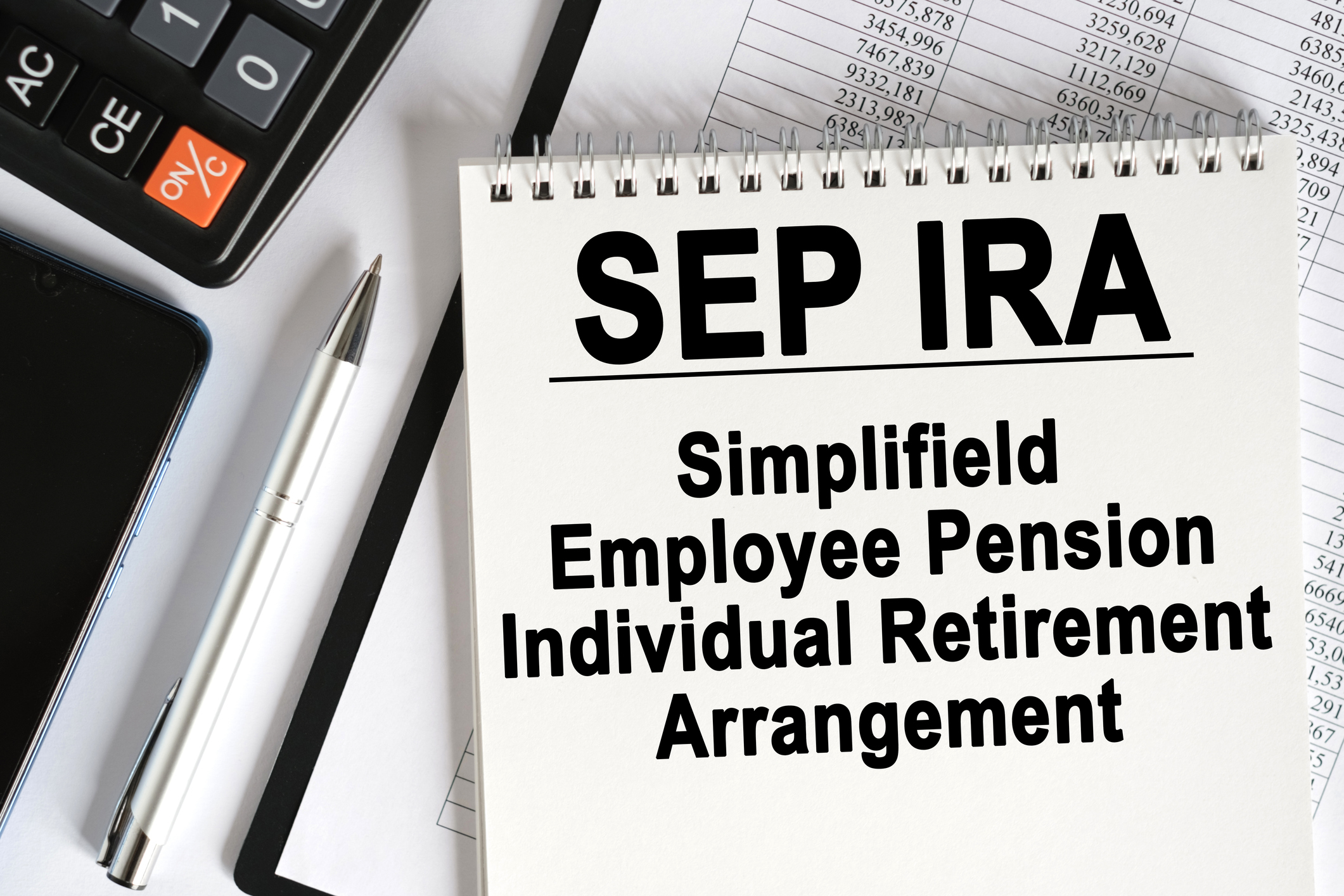SEP IRA Contribution Limits for 2021
The maximum SEP IRA contribution is higher this year than it was for 2020.

Self-employed workers and small-business owners who want an easy and inexpensive retirement plan should consider a Simplified Employee Pension IRA, or SEP IRA for short. Savers are also allowed to stash away more for retirement with a SEP IRA compared to an employer-sponsored 401(k) plan.
SEP IRA Contribution Limits for 2021
For 2021, a self-employed business owner effectively can salt away as much as 25% of his or her net income in a SEP IRA, not to exceed the maximum contribution limit of $58,000. (That's up from the maximum in 2020.) In comparison, a traditional IRA limits contributions to $6,000 for 2021 for those younger than 50, or $7,000 for those 50 or older thanks to a $1,000 "catch-up" contribution.
SEP IRAs are available for a variety of small-business types, including sole proprietorships, partnerships, limited liability companies, S corporations and C corporations. The plans can be an especially attractive option for a small business with few employees.
From just $107.88 $24.99 for Kiplinger Personal Finance
Become a smarter, better informed investor. Subscribe from just $107.88 $24.99, plus get up to 4 Special Issues

Sign up for Kiplinger’s Free Newsletters
Profit and prosper with the best of expert advice on investing, taxes, retirement, personal finance and more - straight to your e-mail.
Profit and prosper with the best of expert advice - straight to your e-mail.
There's a twist, however, when it comes to SEP IRAs. Unlike some other retirement plans, a SEP IRA allows only the employer to contribute. And whatever percentage of compensation employers set aside in the plan for themselves is the same percentage of pay they must contribute for each eligible employee.
To be eligible to participate in an employer's SEP IRA, employees must be at least 21 years old, have worked at the business for three of the past five years and have earned at least $650 from the job in 2021.
SEP IRAs vs. Traditional IRAs
SEP IRAs follow many of the same rules as traditional IRAs. You generally must be at least 59 1/2 to take withdrawals from the account without paying a 10% penalty.
And once you turn age 72, you will have to start taking required minimum distributions (RMDs). You have until April 1 of the year after you turn 72 to take your first required minimum distribution, but after that you must take RMDs by December 31 of each year (even if you took your first RMD on April 1 of that same year).
Since employers make the contributions, not employees, catch-up contributions for retirement savers 50 and over are not permitted in SEP IRAs.
A SEP IRA is easy to open and widely available at financial institutions that offer individual retirement accounts. A business owner must first complete an application with a brokerage or investment company such as Fidelity, Vanguard or Charles Schwab, says Todd Youngdahl, a certified financial planner in Falls Church, Va. This type of account allows business owners to develop an investment strategy and portfolio with many choices for investments, including mutual funds, exchange-traded funds and individual stocks, at little operational cost, he says.
"In most cases, there is no set-up fee for a SEP IRA and no annual custodial or maintenance fee," Youngdahl says.
A SEP IRA would be a good option for someone with a side gig outside of his or her regular job, says Mark Beaver, a CFP in Dublin, Ohio. It would allow the worker to contribute fully to his or her employer's 401(k) and use the SEP IRA for self-employment income, Beaver says.
Profit and prosper with the best of Kiplinger's advice on investing, taxes, retirement, personal finance and much more. Delivered daily. Enter your email in the box and click Sign Me Up.
Jackie Stewart is the senior retirement editor for Kiplinger.com and the senior editor for Kiplinger's Retirement Report.
-
 How to Safely Open an Online Savings Account
How to Safely Open an Online Savings AccountOnline banks offer generous APYs that most brick-and-mortar banks can't match. If you want to make the switch to online but have been hesitant, I'll show you how to do it safely.
-
 7 Ways to Age Gracefully Like the Best Stock Photo Seniors
7 Ways to Age Gracefully Like the Best Stock Photo SeniorsAs a retirement editor, I've gleaned valuable wisdom (and a lot of laughs) from one older couple that tops the seniors' stock photo charts.
-
 My First $1 Million: Banking Executive, 48, Southeast U.S.
My First $1 Million: Banking Executive, 48, Southeast U.S.Ever wonder how someone who's made a million dollars or more did it? Kiplinger's My First $1 Million series uncovers the answers.
-
 10 Retirement Tax Plan Moves to Make Before December 31
10 Retirement Tax Plan Moves to Make Before December 31Retirement Taxes Proactively reviewing your health coverage, RMDs and IRAs can lower retirement taxes in 2025 and 2026. Here’s how.
-
 The Rubber Duck Rule of Retirement Tax Planning
The Rubber Duck Rule of Retirement Tax PlanningRetirement Taxes How can you identify gaps and hidden assumptions in your tax plan for retirement? The solution may be stranger than you think.
-
 What Does Medicare Not Cover? Eight Things You Should Know
What Does Medicare Not Cover? Eight Things You Should KnowMedicare Part A and Part B leave gaps in your healthcare coverage. But Medicare Advantage has problems, too.
-
 457 Plan Contribution Limits for 2026
457 Plan Contribution Limits for 2026Retirement plans There are higher 457 plan contribution limits in 2026. That's good news for state and local government employees.
-
 Estate Planning Checklist: 13 Smart Moves
Estate Planning Checklist: 13 Smart Movesretirement Follow this estate planning checklist for you (and your heirs) to hold on to more of your hard-earned money.
-
 Medicare Basics: 12 Things You Need to Know
Medicare Basics: 12 Things You Need to KnowMedicare There's Medicare Part A, Part B, Part D, Medigap plans, Medicare Advantage plans and so on. We sort out the confusion about signing up for Medicare — and much more.
-
 The Seven Worst Assets to Leave Your Kids or Grandkids
The Seven Worst Assets to Leave Your Kids or Grandkidsinheritance Leaving these assets to your loved ones may be more trouble than it’s worth. Here's how to avoid adding to their grief after you're gone.
-
 SEP IRA Contribution Limits for 2026
SEP IRA Contribution Limits for 2026SEP IRA A good option for small business owners, SEP IRAs allow individual annual contributions of as much as $70,000 in 2025, and up to $72,000 in 2026.